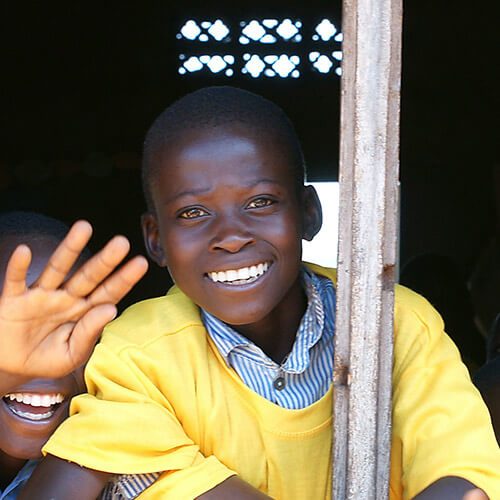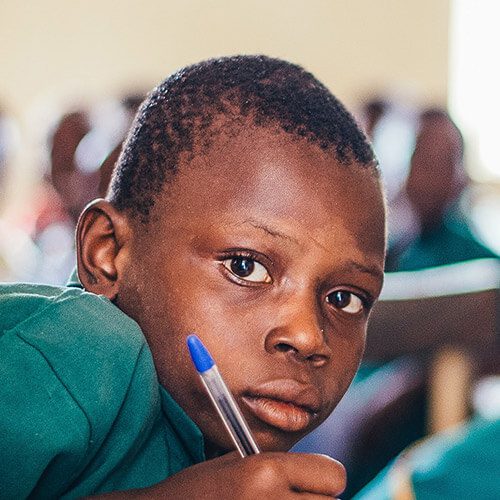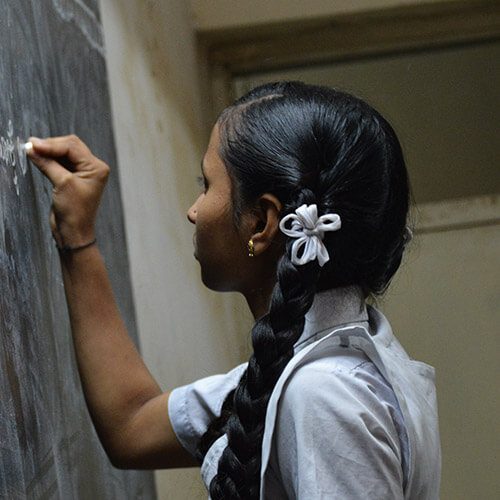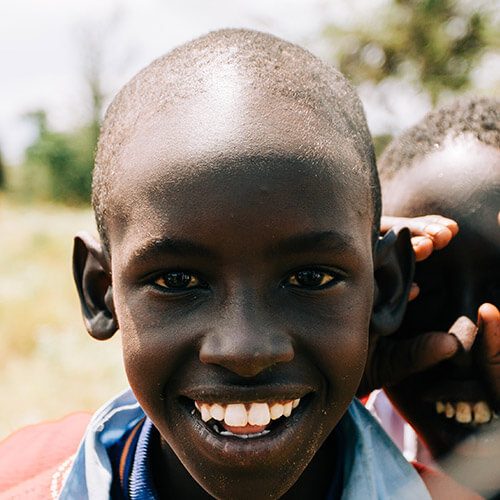The Court System Through the Lens of a Courtwatch Volunteer
When my friend and fellow volunteer Adam began discussing the Courtwatch program with me, I became instantly engrossed and wanted to know how I could become involved. My interest was particularly keen because, as someone who has always felt that it was important to help out and become involved within our community, I believed this initiative was a way in which I could do my part.
The value I place on volunteering all began while living in Vancouver, working towards my undergraduate degree in political science. During the five years I lived there, I spent a year and a half becoming actively involved in a community known as the Downtown Eastside. Deemed one of the poorest area codes in Canada, it is also notoriously known for its rampant drug abuse, prostitution and other seldom acknowledged issues, which could be witnessed throughout its streets and alleyways.
Initially, I began working at the community centre in the area notwithstanding some reservations based on what many Vancouverites and visitors alike heard and thought about the neighborhood. As I progressively became a weekly visitor of the community it made me understand that this stigma that was created was not entirely true. Just as many stereotypes, there were some residents of the community who did fit the bill. However, there were also many other wonderful and diverse individuals and families who shared a deep care and compassion for one another. Furthermore, I would soon come to realize that these individuals who were dealing with a myriad of issues including substance abuse and mental health issues, were nevertheless human beings who deserved the same respect, equality and rights that any other citizen were afforded with. In a similar light, Courtwatch’s purpose is to ensure equality and protection of those who are party to domestic violence. It is an issue that carries with it its own misperceptions and biases, which has unfortunately seemed to be embedded within the judicial system along with the larger community.
Another reason I felt compelled to participate was because I wanted to better understand the general court proceedings while also acquainting myself with its inner intricacies. Aside from what the pages of my university textbooks had taught me, I had limited knowledge as to how the judicial system played out in practice.
Now that a few months has passed since I became a fellow Courtwatch volunteer, there is much that I have been able to take away as well as much more that I still have yet to learn. I may not be able to personally understand what many of these women and men involved in domestic violence cases go through, as I have not walked in their shoes. However, as a caring human being and someone who has been a part of various relationships, either familial or intimate, I can, at the minimum, sympathize with these individuals rotating through the court system and begin to understand the complexities of the situation.
After my first few days sitting in on court proceedings I found out that the system was much less straightforward, more time consuming and at times more counter-productive then I had expected and hoped. Here I was thinking that the judicial system was made to protect and deliver justice. Yet there were seemingly more headaches and obstacles occurring inside the courtroom then productive outcomes. Time and time again my frustration would continue to grow, as judges would adjourn the case for another day, sometimes months down the line. The reasons were many; from witnesses being unable to attend because they were stuck in traffic to the court waiting on important and critical evidence for the case to proceed. As someone who has primarily learnt about the judicial system within the confines of classrooms, logically I understood that the court was required to take certain and specific steps in order to stay legitimate and ensure equal justice under law. However, now that I had the opportunity to see it play out right in front of me I was able to evaluate its impact on victims and its effectiveness in getting closure on a crime.
The reality of court made me realize that the term legitimate carried with it several connotations. While the judicial system emphasizes and properly upholds the critical importance of maintaining its legitimacy, including ensuring that the ruling was based on concrete facts; the court seems to fall short in creating lasting solutions. I felt that the way the criminal courts operate there is little to encourage respect for the court system and faith that reinforces the positive influence of the court. From my experience to date, I found that this discrepancy is the result of insufficient time and resources that can be invested into improving the system. This is where Courtwatch steps in.
Out of all the cases I sat through, there was one particular case that has been most memorable and has stayed with me. Due to both its severity and it being the first time I had witnessed a plaintiff be questioned on stand, this particular case was one that had continued to resonate with me long after the court was adjourned for the day. The case consisted of a woman who was held against her will for a period of twelve hours inside the home of her ex-boyfriend and former sponsor. As I sat there watching this woman hold back tears, the lawyers and judge questioned her about that fateful night. As she discussed the horrific details, she recounted a nightmarish scenario where she was not only physically, sexually and emotionally abused but was also deadly afraid for her life, as she would be threatened with a knife throughout the ordeal. This was all recounted, with the accused sitting directly to her left, making noises and gestures, which could be interpreted as mocking and/or challenging the truth of her statements.
As I realized how difficult it was for me to sit and listen to this women’s story, I could not help but imagine how emotionally difficult this was for not only her but for all victims of domestic violence. What was especially disconcerting about this case was that a few months prior to the incident the victim’s mother was murdered as a result of a domestic violence dispute. It was absolutely heartbreaking watching a woman who not only had to face her own troubles of domestic abuse but was simultaneously facing the reality that her own mother’s life was taken due to an incident that was very similar to her own.
This case highlighted several important issues with domestic violence criminal cases. A very important one being that domestic violence is very cyclical nature- how both abuse and victimization can seem to be linked from one generation to the next. Secondly, I recognized how much more common woman abuse is than is generally acknowledged by our society. There are several things in this world that fall into a grey area, where the moral understanding of right and wrong is questioned and becomes hazy. However, in the majority of domestic violence cases, it became quite clear that there is a definitive line to be drawn veering towards wrong. This line demonstrates that any physical and emotional abuse of individuals is never the right way to treat another human being nor ever a way to solve conflict.
After every case I would watch, I would begin to question what it would take to help alleviate these issues as well as finding myself questioning the root of domestic violence. Were these learnt behaviours or did it stem from other variables?
Though each circumstance is different, authoritative bodies such as the judiciary and the education system holds ultimate responsibility for educating our society on these moral dilemmas. We may be taught tolerance and acceptance in our classrooms but the curriculum does not seem to go far enough to teach a fundamental respect for each other’s rights- particularly between the genders.
Early intervention in education is one of the ways to deter those who may believe that using the force of their fist or the lashing of their tongue is the solution to problem solving. Though there is no perfect solution, nor is there perhaps even an all-encompassing one, it is important to have more of an open dialogue about violence against women and children who are victimized. Courtwatch is a unique program that is integral to ensuring that human rights are upheld and that the systems put into place to protect our rights, operate in a way that makes victims feel supported and safe.
Domestic violence is not an easy topic to discuss nor is it always pleasant. Just like many other grim aspects of our society, many of us prefer to brush it under the rug and pretend it’s not there. However, it is time that we lift the veil from our eyes and begin grappling with the intricacies and complexities of our society, some of which may not always be pretty. Courtwatch is a grass roots initiative where a small community of like-minded individuals attempts to have a meaningful presence in the judicial system in order to keep a balanced bias within an extremely bureaucratic organization. By continuing to observe and understand the inefficiencies of the system, there is hope that we can help its productivity and legitimacy by recommending useful changes. Narrowing down the true issues and demonstrating its shortcomings is necessary to find effective solutions. At the end of the day, our goal here is to help further protect those who have been dealt a difficult hand and to ensure their ongoing safety and protection long after the court proceedings have ended.
– Ariel Weber








